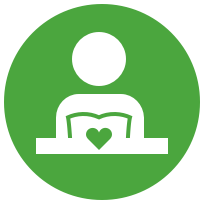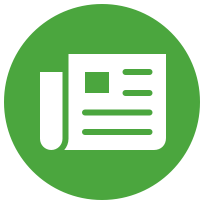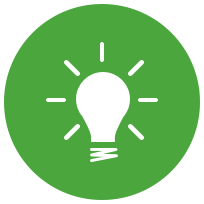Timely resources to help K-12 educators encourage social responsibility and foster social & emotional learning. Find out more.
TeachableMoment Lessons
Featured Lessons
This lesson consists of two readings on the issue of President Biden’s proposal to reform the Supreme Court. The first reading reviews the binding code of conduct that the White House has proposed, as well as some of the scandals among justices that inspired this proposal. The second reading overviews the structure of the 18-year term limits that the White House has suggested, along with commentary on how such a system might impact the larger democratic process in the country. Questions for discussion follow each reading.
Who are you? You may be asking this when looking at all the new faces in your classroom at the beginning of the school year. You may also be asking: How can we, as a classroom community, encourage each other to answer this question authentically, peeling away the many layers that comprise who we are?
Who are you? You may be asking yourself this when looking at all of the new faces in your classroom at the beginning of the school year. You may also be asking: How can we, as a classroom community, encourage each other to answer this question authentically, peeling away the many layers that comprise who we are?

SEL & RP
Activities to support students' social and emotional learning and restorative practices

Current Issues
Classroom activities to engage students in learning about and discussing issues in the news

Tips & Ideas
Guidance and inspiration to help build skills and community in your classroom and school
Filter TeachableMoment Lessons By:
This lesson consists of two readings on the issue of President Biden’s proposal to reform the Supreme Court. The first reading reviews the binding code of conduct that the White
Who are you? You may be asking this when looking at all the new faces in your classroom at the beginning of the school year. You may also be asking: How can we, as a classroom
Who are you? You may be asking yourself this when looking at all of the new faces in your classroom at the beginning of the school year. You may also be asking: How can we, as a
August 26th is Women’s Equality Day, a national day of celebration commemorating the 1920 passage of the 19th Amendment to the Constitution. This two-part lesson consists of two
This two-part lesson consists of two readings which review gun violence through the lens of a public health crisis, and what it means to approach gun violence as a public health
This lesson examines the increasing wealth disparity between government representatives and the people they serve. Students read and share their ideas about lack of working-class
After an activity on adultism and ageism, students read about and discuss why the U.S. Congress has become older than ever, what impact that might have, and how young people could
One of the most powerful ways to connect to others’ lived experiences is through music. In this lesson for grades 7-12, students will listen and respond to the songs of three
Students explore how state “parental rights” laws have created new paperwork for schools - and consider calls by parents, students, and educators for greater school autonomy.
Filter TeachableMoment Lessons By:
This lesson consists of two readings on the issue of President Biden’s proposal to reform the Supreme Court. The first reading reviews the binding code of conduct that the White
Who are you? You may be asking this when looking at all the new faces in your classroom at the beginning of the school year. You may also be asking: How can we, as a classroom
Who are you? You may be asking yourself this when looking at all of the new faces in your classroom at the beginning of the school year. You may also be asking: How can we, as a
August 26th is Women’s Equality Day, a national day of celebration commemorating the 1920 passage of the 19th Amendment to the Constitution. This two-part lesson consists of two
This two-part lesson consists of two readings which review gun violence through the lens of a public health crisis, and what it means to approach gun violence as a public health
This lesson examines the increasing wealth disparity between government representatives and the people they serve. Students read and share their ideas about lack of working-class


